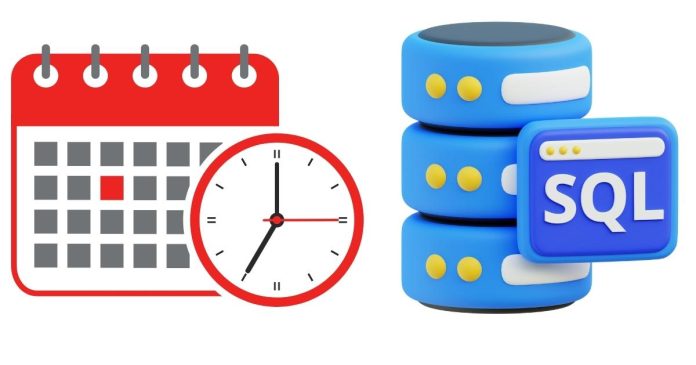In SQL Server, both DateTime and DateTime2 are data types used to store date and time values. While they may seem similar at first glance, they have significant differences in precision, storage requirements, and functionality. Understanding these differences can help you make better decisions when designing your database schema.
This article explores the key differences between DateTime and DateTime2 and offers guidance on when to use each.
Overview of DateTime and DateTime2
1. DateTime
- Introduced in SQL Server 2000.
- Stores date and time values as a single field.
- Default Format:
YYYY-MM-DD hh:mm:ss[.fff] - Precision: Accurate to 1/300th of a second (approximately 3.33 milliseconds).
- Range: January 1, 1753, to December 31, 9999.
- Storage: 8 bytes per value.
2. DateTime2
- Introduced in SQL Server 2008 as an enhancement to
DateTime. - Stores date and time values as a single field with greater precision.
- Default Format:
YYYY-MM-DD hh:mm:ss[.fffffffff] - Precision: Accurate to 100 nanoseconds (up to 7 fractional seconds).
- Range: January 1, 0001, to December 31, 9999.
- Storage:
- Varies depending on the precision:
- 6 to 8 bytes.
- Varies depending on the precision:
Key Differences Between DateTime and DateTime2
| Feature | DateTime | DateTime2 |
|---|---|---|
| Introduced In | SQL Server 2000 | SQL Server 2008 |
| Date Range | 1753-01-01 to 9999-12-31 | 0001-01-01 to 9999-12-31 |
| Time Precision | 3.33 milliseconds | Up to 100 nanoseconds |
| Storage | 8 bytes | 6-8 bytes (depending on precision) |
| Fractional Seconds | Up to 3 digits (e.g., .123) |
Up to 7 digits (e.g., .1234567) |
| Default Format | YYYY-MM-DD hh:mm:ss[.fff] |
YYYY-MM-DD hh:mm:ss[.fffffffff] |
| ANSI Compliance | No | Yes |
Advantages of DateTime2 Over DateTime
- Wider Range:
DateTime2supports dates as early as January 1, 0001, whereasDateTimestarts from January 1, 1753. This makesDateTime2suitable for historical or astronomical data.
- Higher Precision:
DateTime2offers up to 7 fractional seconds, compared to the 3 fractional seconds ofDateTime.
- Lower Storage Requirements:
DateTime2uses between 6 and 8 bytes, depending on precision, making it more efficient than the fixed 8 bytes ofDateTime.
- ANSI Compliance:
DateTime2complies with the ANSI SQL standard, making it a better choice for cross-platform compatibility.
When to Use DateTime
- Legacy Systems: Use
DateTimeif you are working with older SQL Server databases whereDateTime2is not available. - Backward Compatibility: When interacting with applications that rely on
DateTimespecifically.
When to Use DateTime2
- New Applications: Always prefer
DateTime2for new development because of its advantages in precision, range, and storage efficiency. - Data Precision: When you require precise time measurements, such as in financial or scientific applications.
- Historical Data: If your data includes dates prior to 1753,
DateTime2is necessary.
Example Comparisons
Storage Example
Result
StandardDateTime:2025-01-19 12:34:56.123EnhancedDateTime:2025-01-19 12:34:56.1234567
Migration Tips
If you’re upgrading from DateTime to DateTime2, consider the following:
- Adjust Application Code: Update any logic or application layers interacting with the database to account for the increased precision.
- Data Conversion: Convert
DateTimevalues toDateTime2usingCASTorCONVERT.
Example:
While DateTime and DateTime2 may appear similar, DateTime2 provides significant improvements in range, precision, storage efficiency, and standards compliance. For modern SQL Server applications, DateTime2 is the preferred choice unless you are constrained by legacy requirements. Understanding these differences ensures you make the right decision when defining date and time fields in your database.


